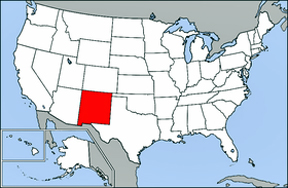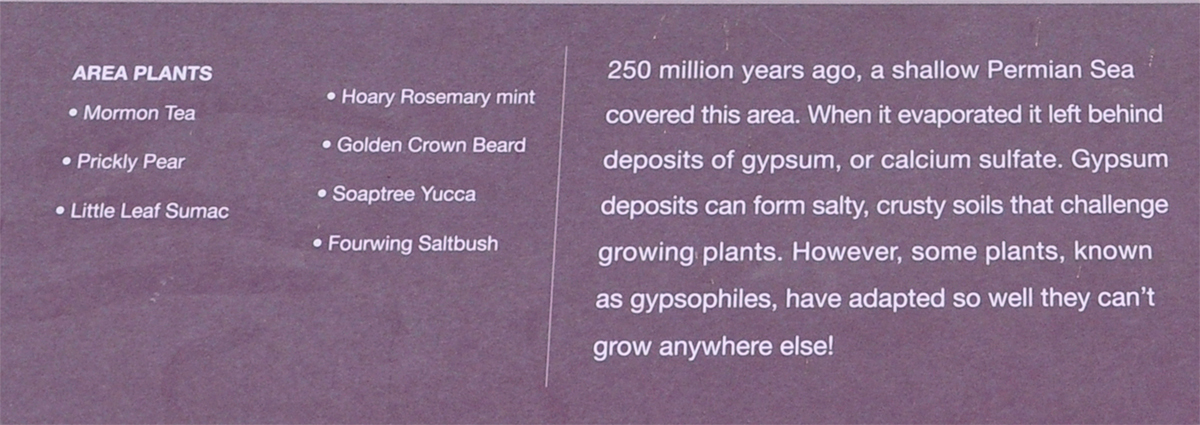Lee
and Karen Duquette, |
|
The Living Desert Zoo and Gardens State Park, formerly the Living Desert Zoological and Botanical State Park, is a zoo and botanical garden displaying plants and animals of the Chihuahuan Desert in their native habitats. It is located off U.S. Route 285 at the north edge of Carlsbad, New Mexico, at an elevation of 3,200 feet atop the Ocotillo Hills overlooking the city and the Pecos River. It is open every day except Christmas.The park has been an accredited member of the Association of Zoos and Aquariums (AZA) since 2002.Hours are usually 9 am to 5 pm, subject to change - Last entry to
park is at 3:30 pm. No reservations required. |
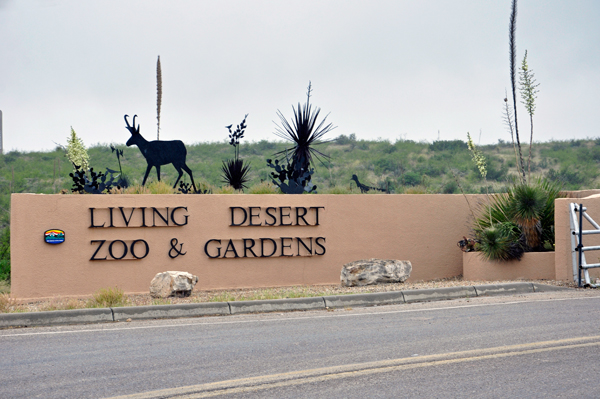 |
|
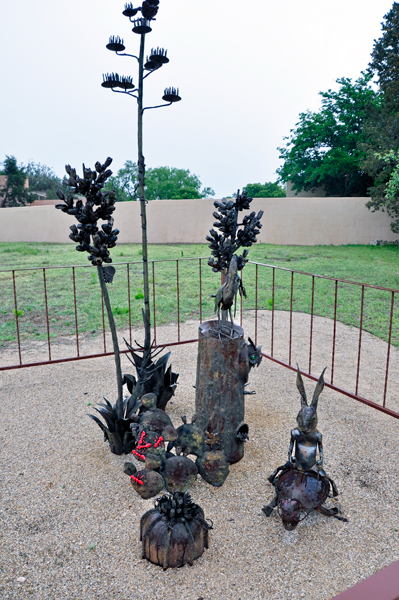 |
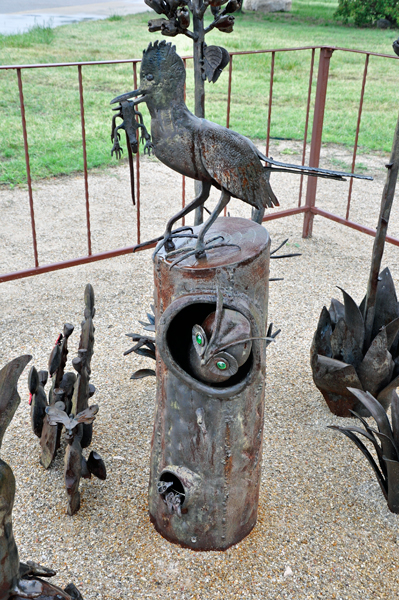 |
Artwork outside of the Gift Shop
|
The fancy door at entrance |
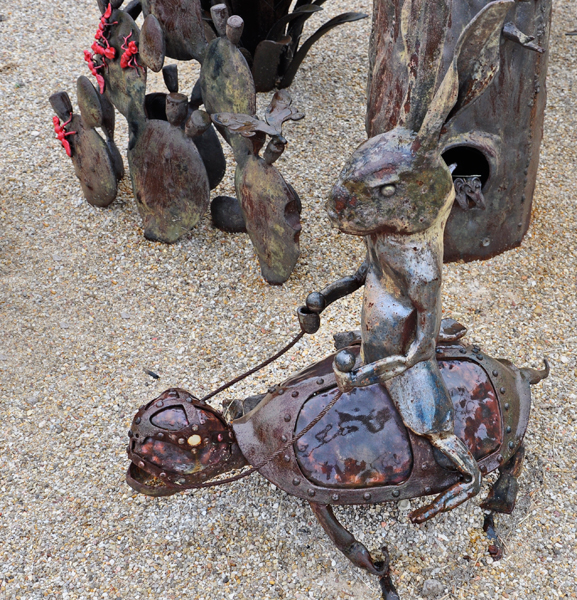 |
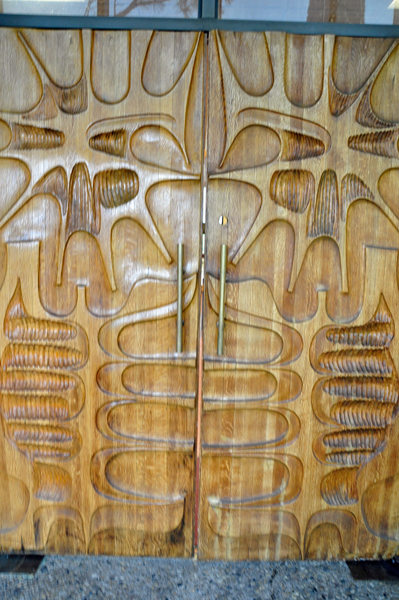 |
Below: Inside the Visitor Center there were signs showing the different areas of the park. |
|
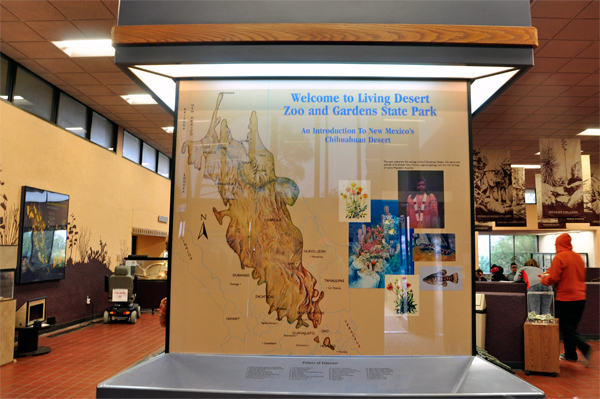 |
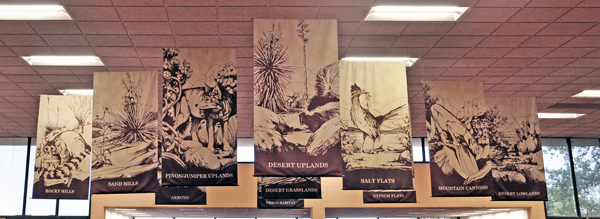 |
The zoo featured more than forty native animal species, including pronghorn, badger, bison, bobcats, mule deer, elk, kit fox, Gila monster, cougar, prairie dogs, reptiles, and Mexican gray wolves. An aviary contained golden eagles, hawks, owls, a roadrunner, songbirds, and turkeys. The gardens featured a greenhouse and hundreds of cacti and succulents from around the world, including acacia, agave, small barrel cactus, cholla, ocotillo, prickly pear, saguaro, and yucca. Some of which Karen Duquette photographed and included on this page or the following two pages. |
|
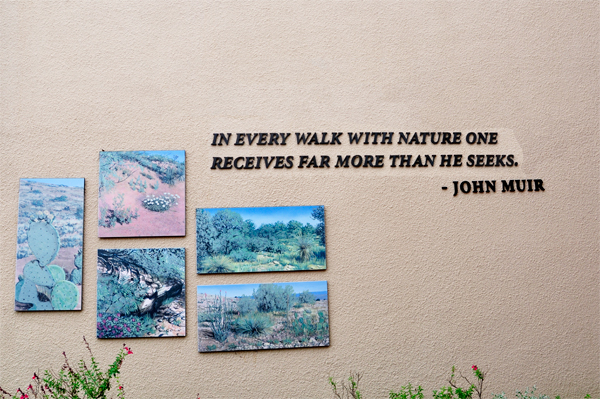 |
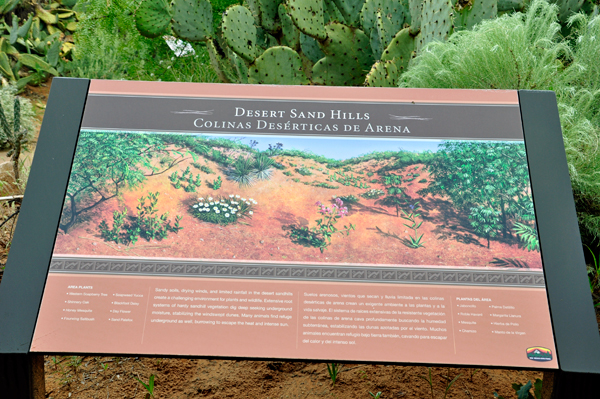 |
Below: Desert Sand Hills |
|
This area of mixed vegetation and sand dunes naturally exists east of the Pecos River into Texas. These plants typically have deep, extensive root systems which help the plants cope with the region's drying winds and limited rainfall. |
|
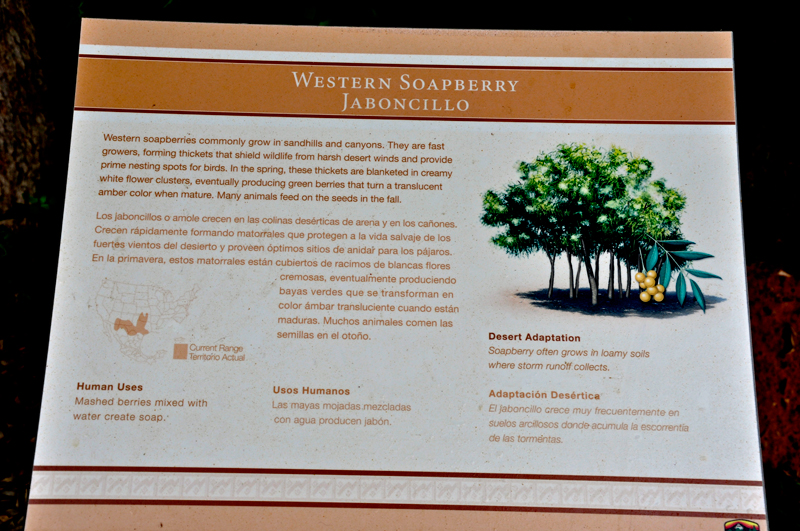 |
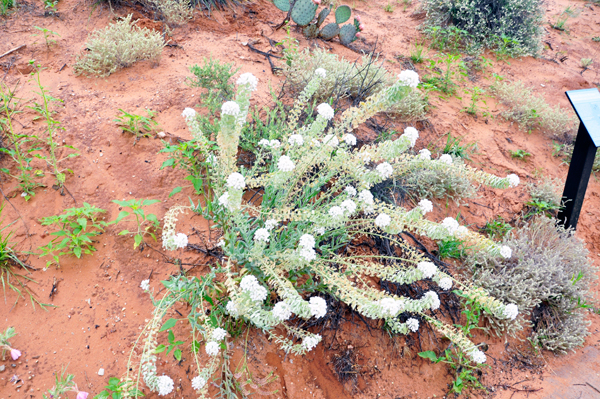 |
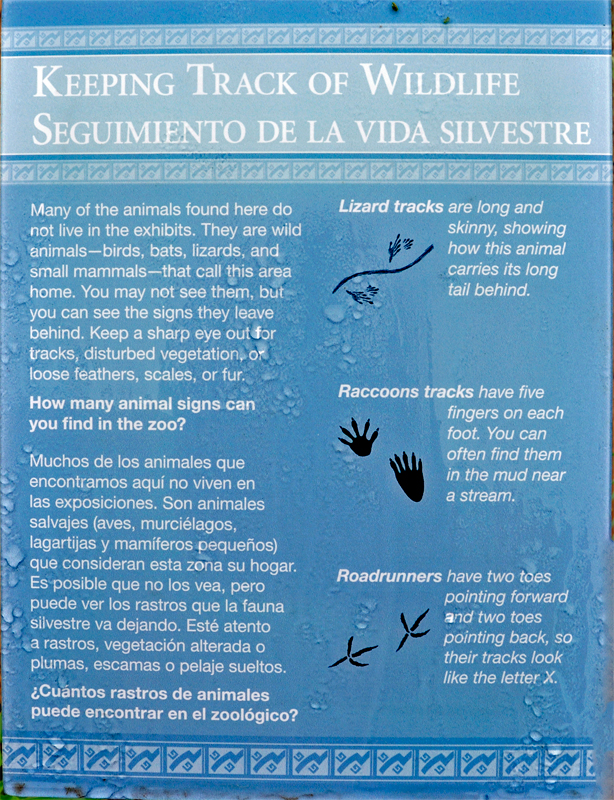 |
|
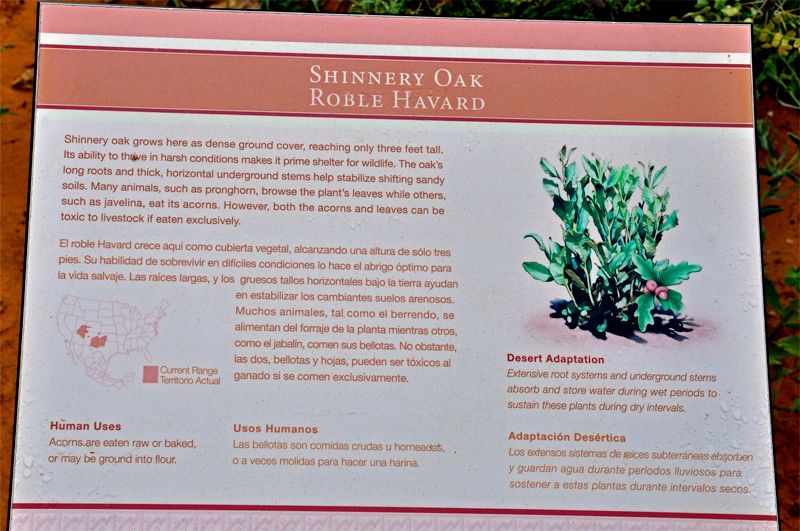 |
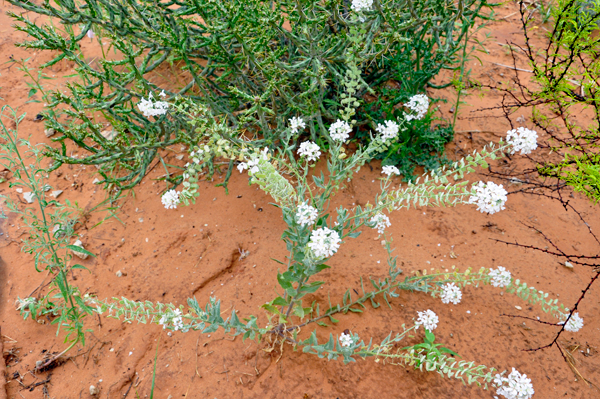 |
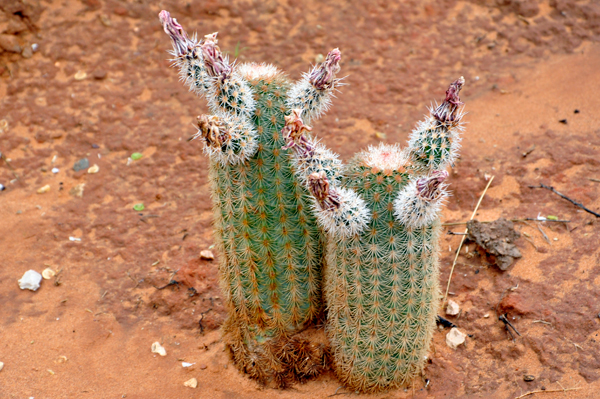 |
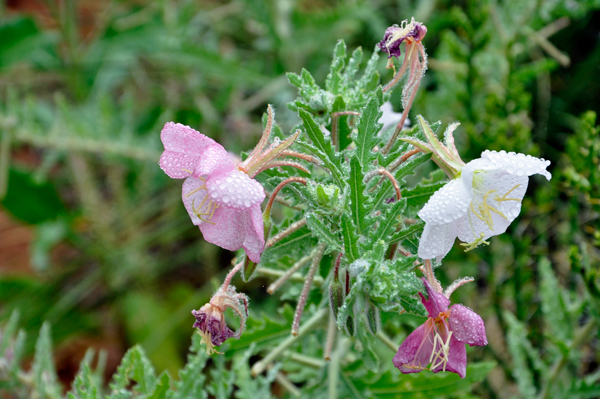 |
Below: Gypsum Hills |
|
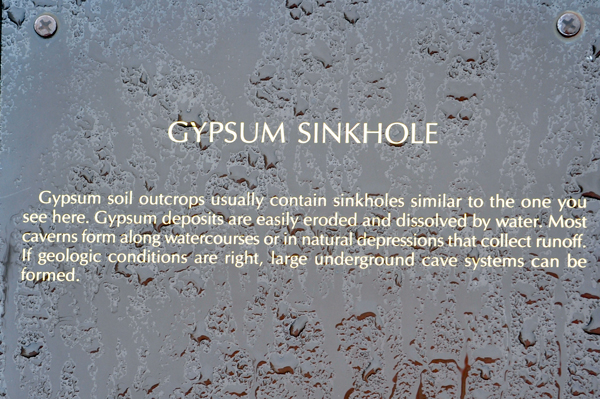 |
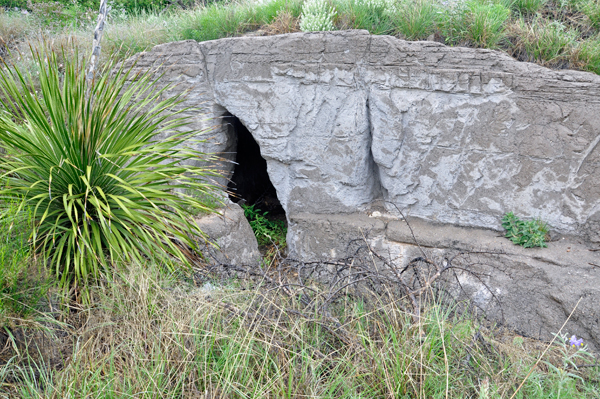 |
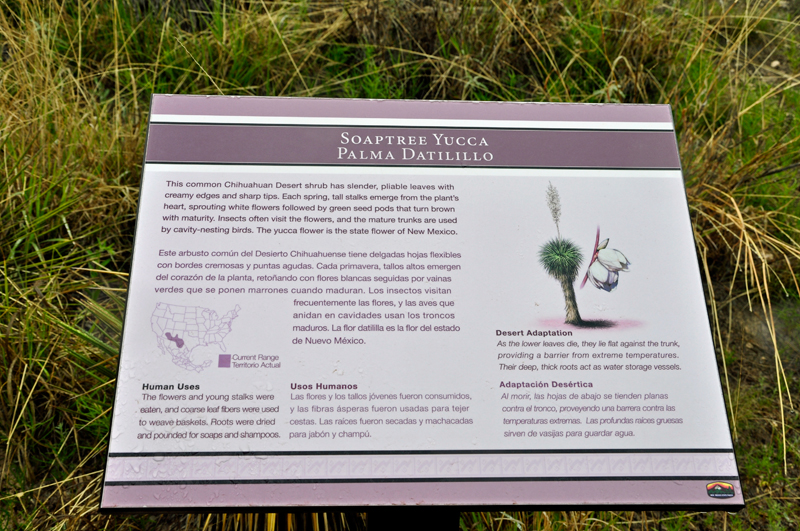 |
|
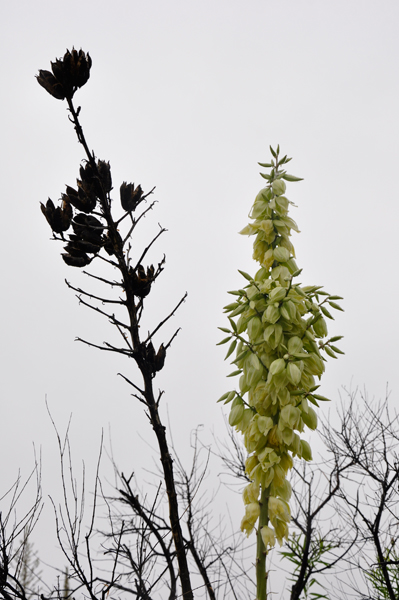 |
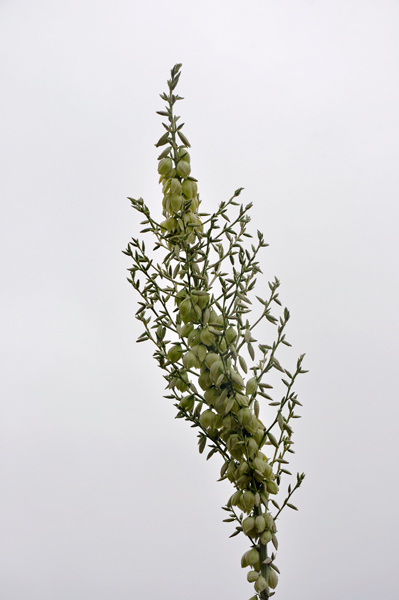 |
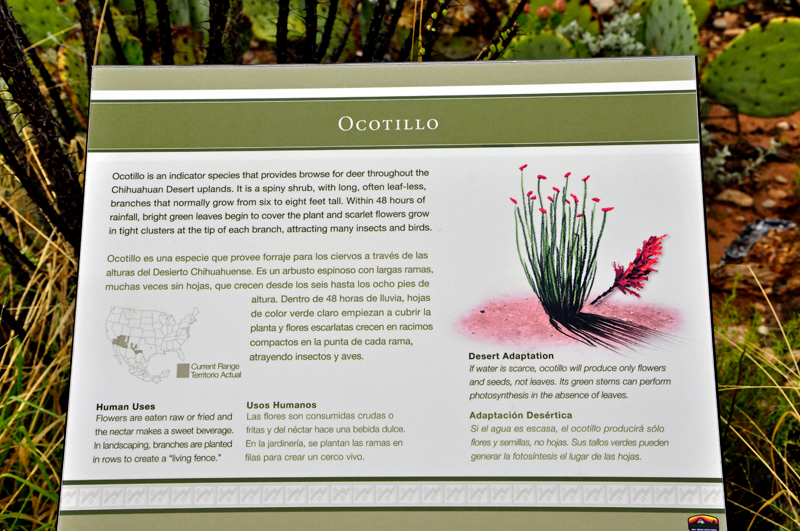 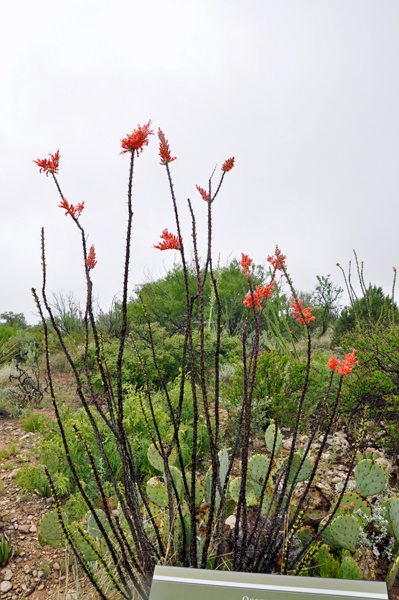 |
|
Below: Desert Uplands |
|
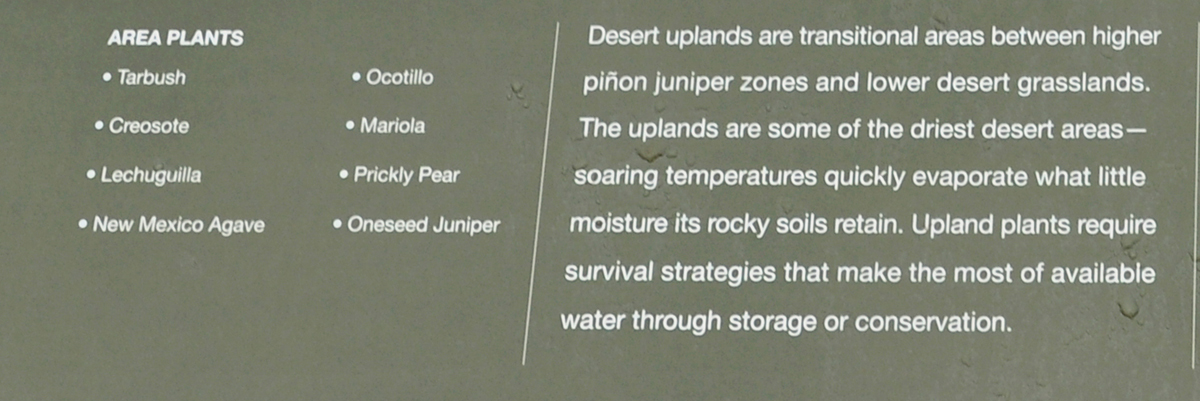 |
|
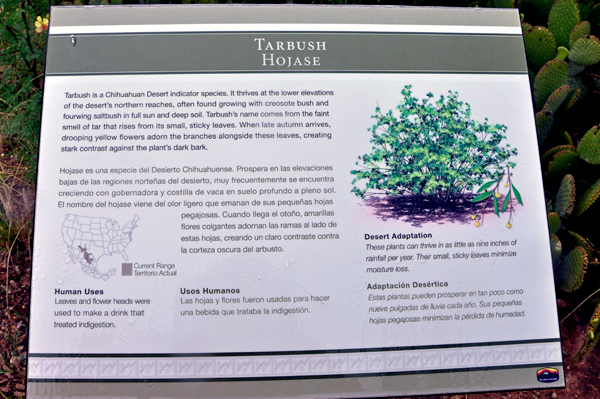 |
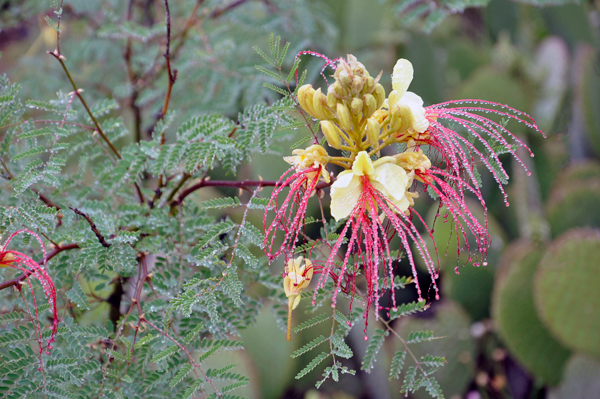 |
Arroyo |
|
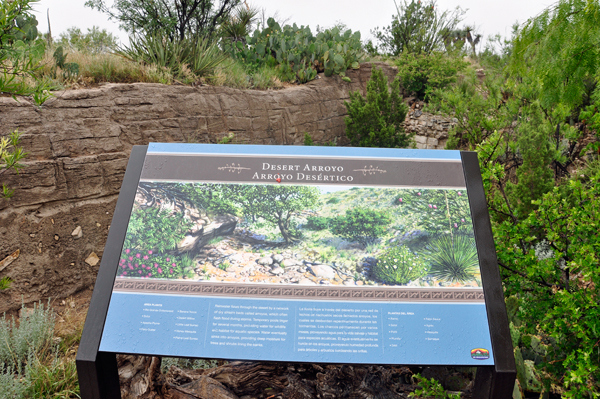 |
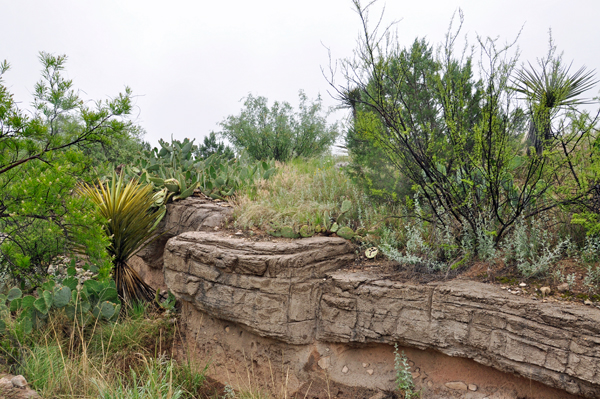 |
Pinon Juniper |
|
 |
|
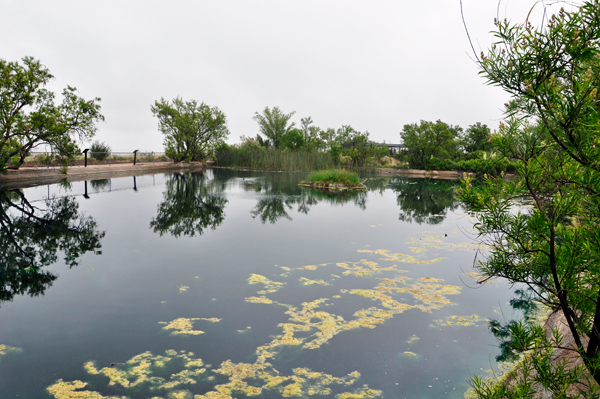 |
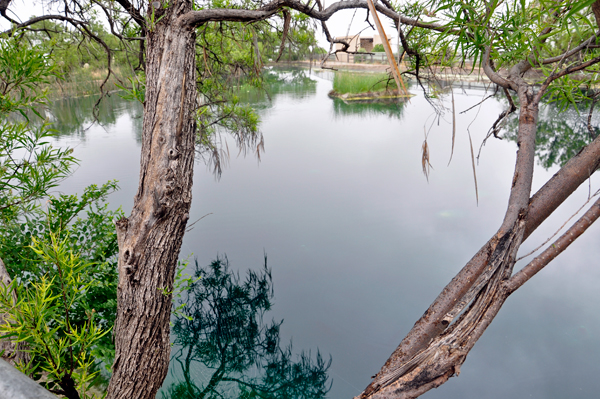 |
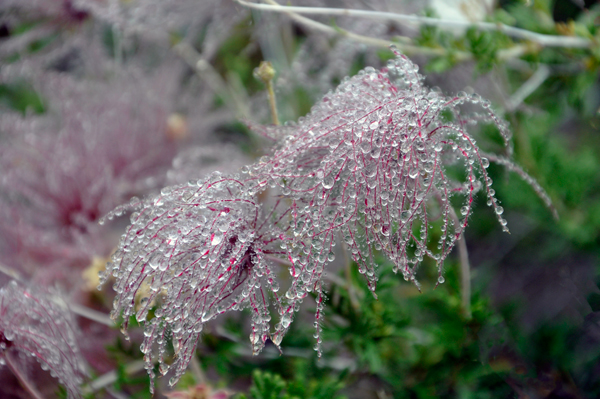 |
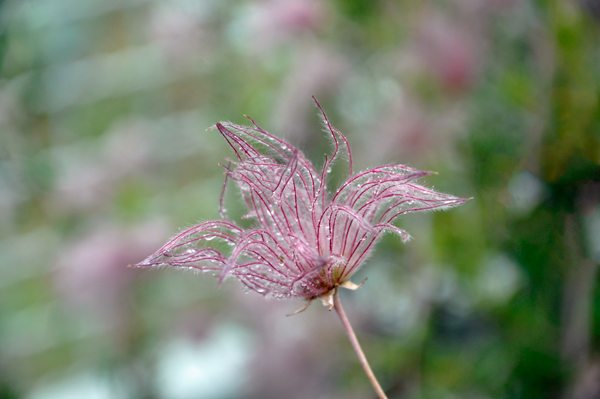 |
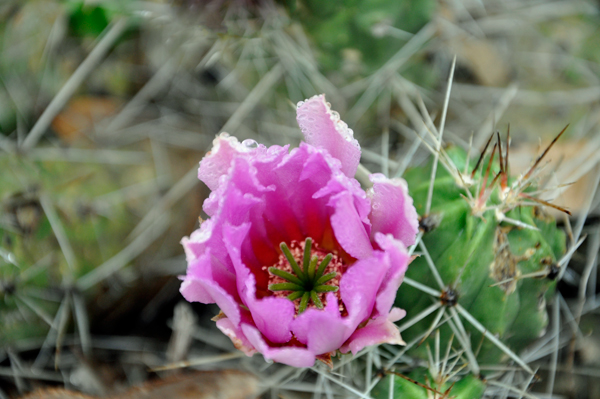 |
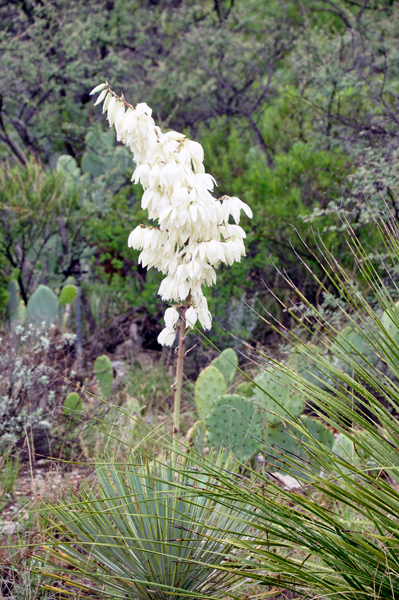 |
 |
|
